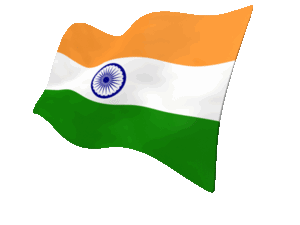The Koh-i-Noor, also spelt Kohinoor and Koh-i-Nur, is one of the largest cut diamonds in the world, weighing 105.6 carats (21.12 g),[a] and part of the British Crown Jewels.
Probably found at Kollur Mine on the banks of a river in Andhra Pradesh, India, there is no record of its original weight, but the earliest well-attested weight is 186 old carats (191 metric carats or 38.2 g). Koh-i-Noor is Persian for “Mountain of Light”; it has been known by this name since the 18th century. It changed hands between various factions in modern-day India, Pakistan, Iran, and Afghanistan, until being ceded to Queen Victoria after the British conquest of the Punjab in 1849.
Originally, the stone was of a similar cut to other Mughal era diamonds which are now in the Iranian Crown Jewels. In 1851, it went on display at the Great Exhibition in London, but the lacklustre cut failed to impress viewers. Prince Albert, husband of Queen Victoria, ordered it to be re-cut as an oval brilliant by Coster Diamonds. By modern standards, the culet is unusually broad, giving the impression of a black hole when the stone is viewed head-on; it is nevertheless regarded by gemmologists as “full of life”.[10]
Because its history involves a great deal of fighting between men, the Koh-i-Noor acquired a reputation within the British royal family for bringing bad luck to any man who wears it. Since arriving in the UK, it has only been worn by female members of the family.[11] Victoria wore the stone in a brooch and a circlet. After she died in 1901, it was set in the Crown of Queen Alexandra, wife of Edward VII. It was transferred to the Crown of Queen Mary in 1911, and finally to the Crown of Queen Elizabeth The Queen Mother in 1937.
Today, the diamond is on public display in the Jewel House at the Tower of London, where it is seen by millions of visitors each year. The governments of India, Pakistan, Iran, and Afghanistan have all claimed ownership of the Koh-i-Noor and demanded its return ever since India gained independence from the UK in 1947. The British government insists the gem was obtained legally under the terms of the Last Treaty of Lahore and has rejected all claims to rightful ownership.






Leave a Reply